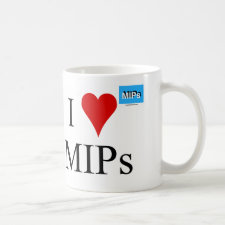
Authors: Levi L, Srebnik S
Article Title: Structural Characterization of Protein-Imprinted Gels Using Lattice Monte Carlo Simulation.
Publication date: 2010
Journal: Macromolecular Symposia
Volume: 291-292
Issue: (1)
Page numbers: 258-270.
DOI: 10.1002/masy.201050530
Abstract: Molecular imprinting is a technique for the creation of artificial recognition sites in synthetic organic or inorganic polymers, formed by cross-linking in the presence of a template molecule. Removal of the templates leaves cavities that fit the template molecules in size, shape and functionality. Although this technique has been shown to be effective when targeting small rigid molecules, attempts to extend it to larger templates, such as proteins, have failed to show similar success. As opposed to small molecules, proteins are characterized by large size, flexible structure, and large number of functional groups available for recognition. These characteristics, among others, make it impossible to use imprinting procedures of small molecules for protein imprinting. In order to plan new imprinting strategies for proteins, one must reveal the problematic points in the polymerization process of the current methods, which result in low imprinting efficiency. In our research we focus on a bulk imprinting method using radical polymerization of hydrogels, applied to small globular proteins (e.g., lysosyme and cytochrome c). We model the system using lattice Monte Carlo (MC) simulation, using a modified kinetic gelation model (KGM) to simulate the polymerization process, which results in an inflexible protein-imprinted gel. The effect of initiator molar ratio, polymer volume fraction (VF), cross-linker density, and protein charge density and distribution on gelation, gel structure, and on the imprinted pore structure and functionality is investigated in the dry state of the gel. It is found that the imprinted pores wrap the template protein more fully and with larger number of linking sites than the non-imprinted pores. The insertion of non-template proteins with various charge densities and distributions into the imprinted pores indicates that charge density of the adsorbing protein is the dominant factor influencing the number of linked recognition sites
Template and target information: protein, lysosyme, cytochrome C
Author keywords: molecular imprinting, Monte Carlo, proteins, polymer gel, simulation



Join the Society for Molecular Imprinting

New items RSS feed
Sign-up for e-mail updates:
Choose between receiving an occasional newsletter or more frequent e-mail alerts.
Click here to go to the sign-up page.
Is your name elemental or peptidic? Enter your name and find out by clicking either of the buttons below!
Other products you may like:
 MIPdatabase
MIPdatabase









